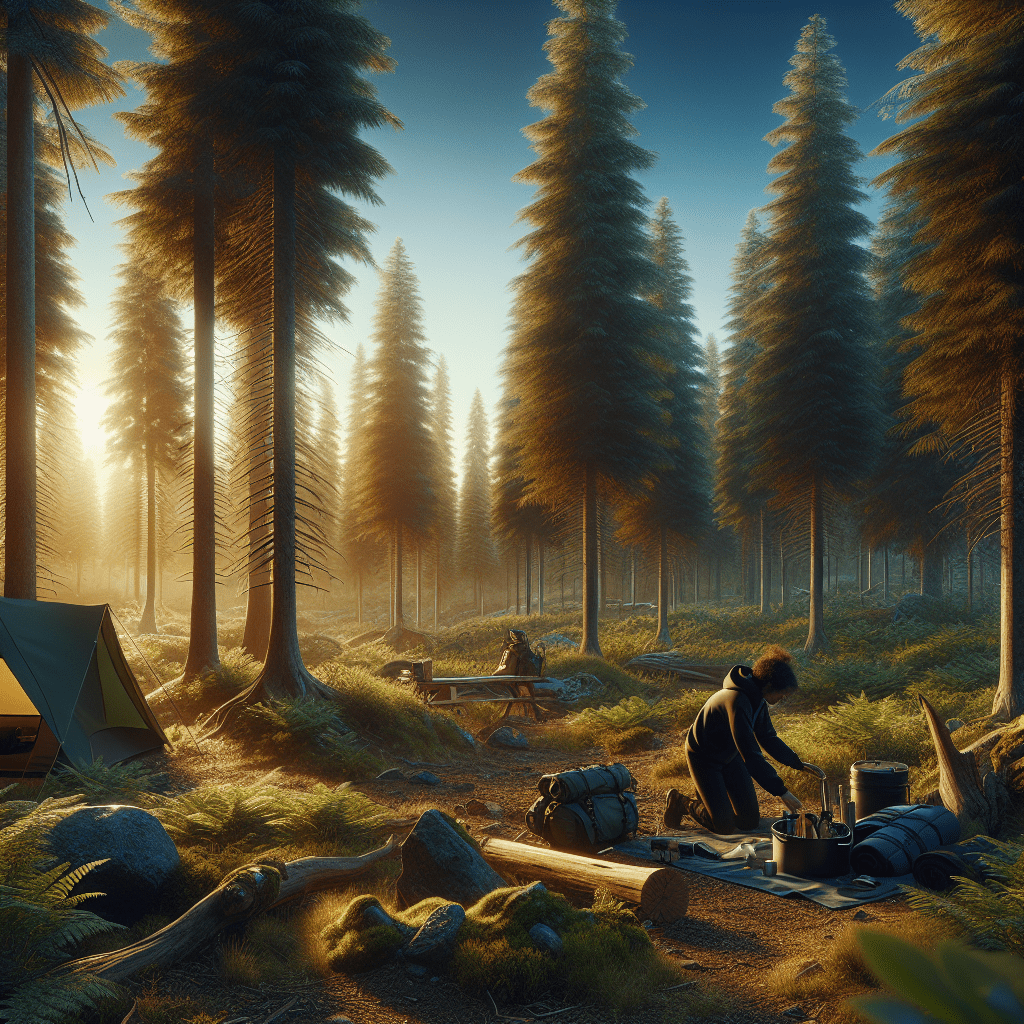Embarking on your first backpacking adventure can be both exhilarating and daunting. The key to a successful trip lies in being well-prepared, and having the right gear can make all the difference. This guide will cover must-have camping gear for beginner backpackers, ensuring you have everything you need for a safe and enjoyable journey into the wild.
Introduction
Backpacking is an incredible way to connect with nature, test your limits, and find peace away from the hustle and bustle of everyday life. For beginners, however, the prospect of packing for such a trip can be overwhelming. What do you really need? How much should you carry? This guide will walk you through the essential gear that every beginner backpacker should have, making your preparation simpler and your trip more enjoyable.
Essential Camping Gear for Beginner Backpackers
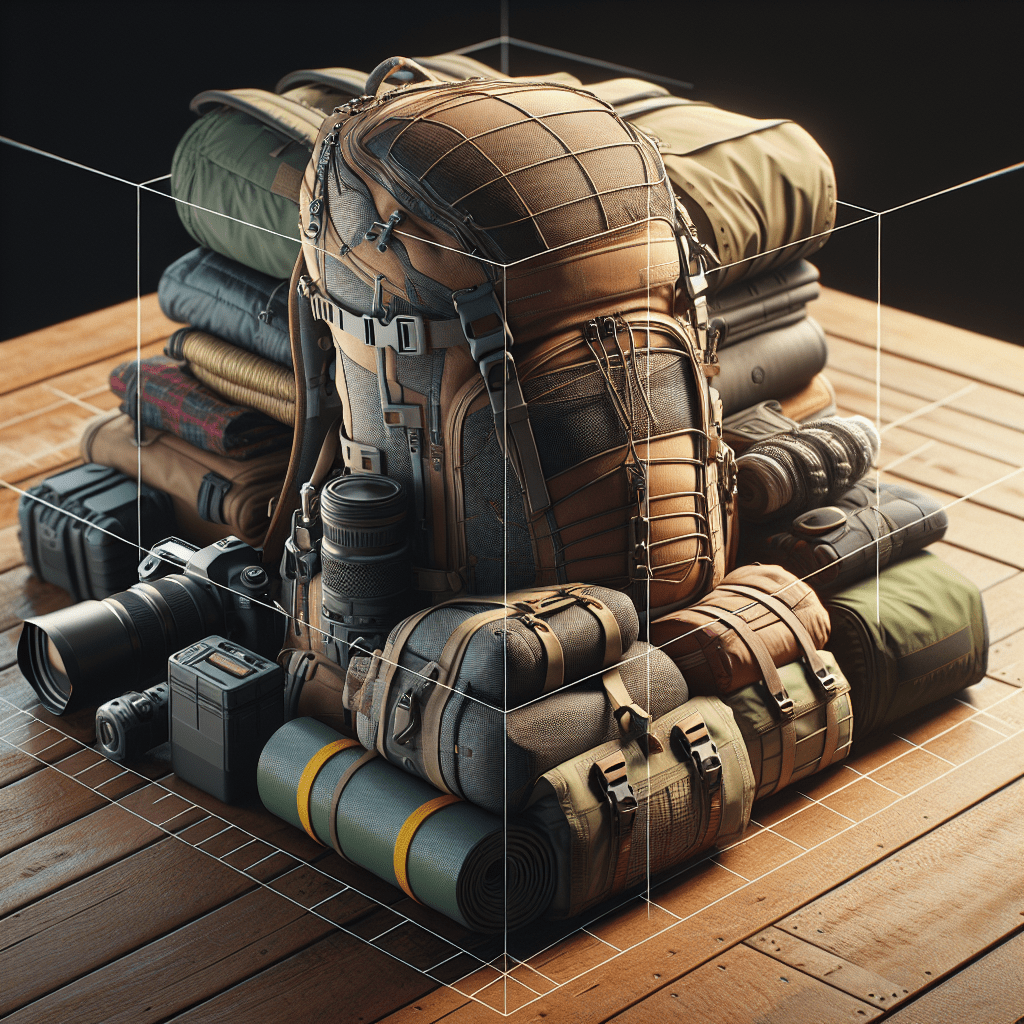
Backpack
A reliable backpack is the cornerstone of your camping gear. Look for one that offers comfort, durability, and adequate capacity. Features to consider include:
- Size and Capacity: A 50-70 liter capacity is ideal for beginners.
- Fit and Comfort: Adjustable straps, padded hip belts, and proper back support are crucial.
- Accessibility: Multiple compartments and easy access pockets enhance convenience.
Shelter
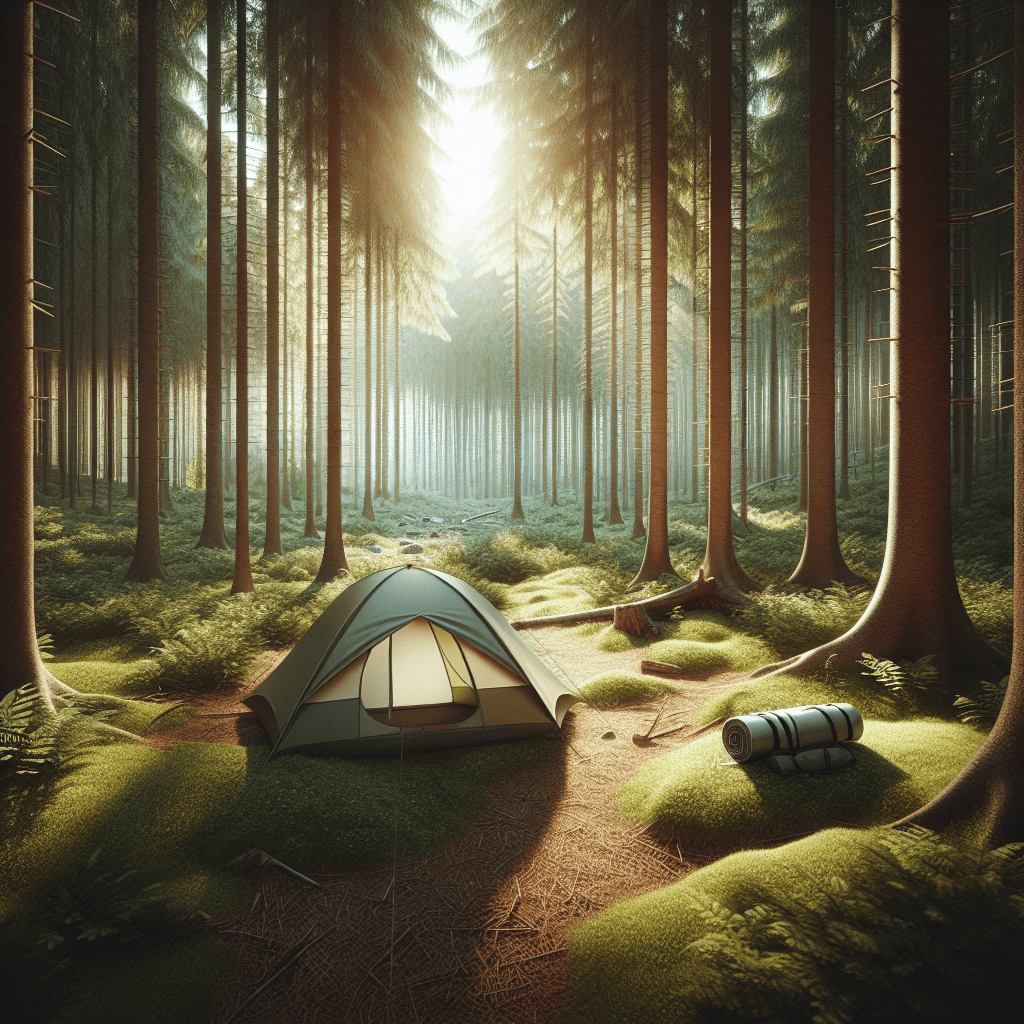
Your shelter is your home away from home. The right tent will keep you safe and comfortable regardless of the weather.
- Tent: Choose a lightweight, easy-to-assemble tent that suits the season. A three-season tent is a versatile choice for most climates.
- Footprint: A ground cloth or footprint protects your tent floor from damage and moisture.
- Sleeping Bag: Opt for a sleeping bag rated for the temperatures you’ll encounter. A synthetic fill bag offers good insulation and moisture resistance.
- Sleeping Pad: A sleeping pad provides insulation and comfort, improving your sleep quality.
Cooking Gear
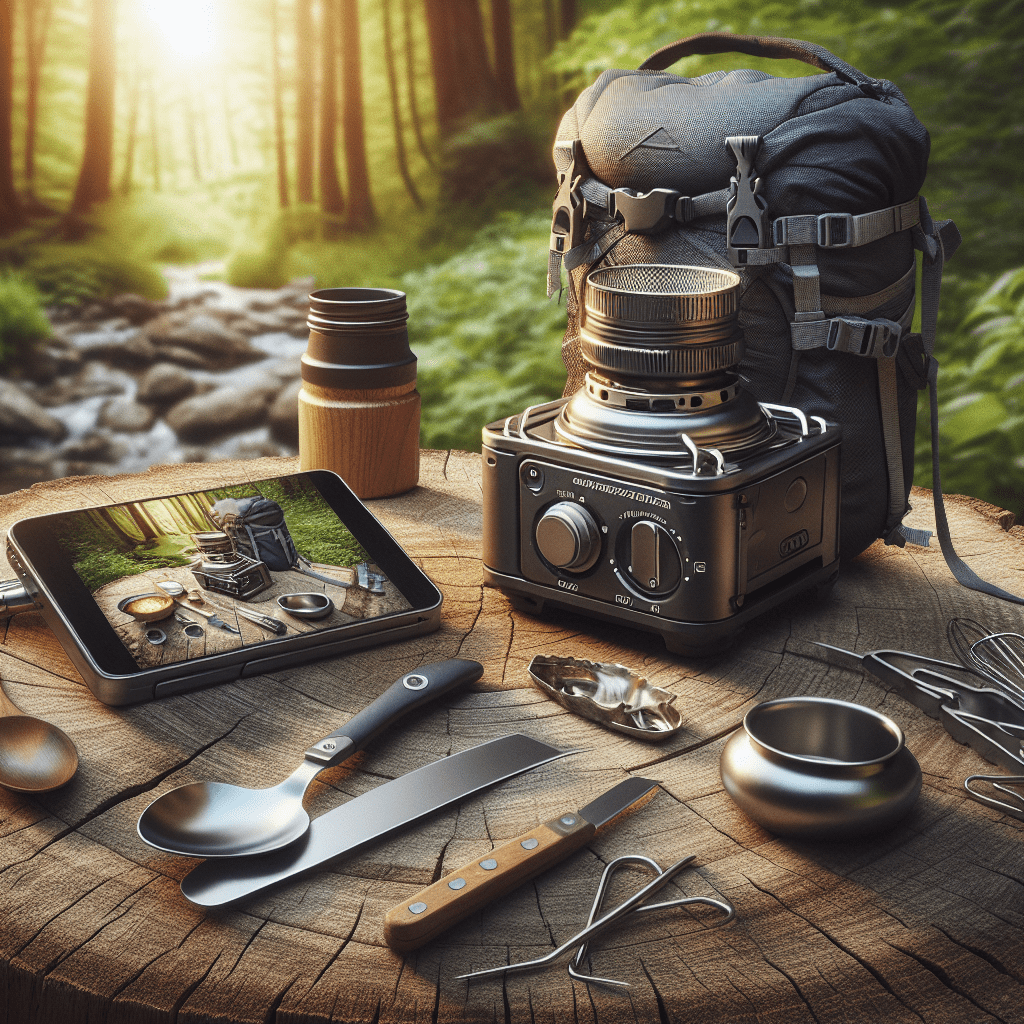
Proper cooking equipment is essential for preparing meals on the trail.
- Stove: A compact, lightweight backpacking stove is ideal. Consider fuel type and efficiency.
- Cookware: A pot, pan, and utensils set designed for camping is lightweight and packable.
- Food Storage: Bear canisters or hanging bags keep food safe from wildlife.
- Hydration: A water filtration system or purification tablets ensure you have safe drinking water.
Clothing
Clothing should be chosen based on the weather and terrain of your destination.
- Base Layers: Moisture-wicking base layers keep you dry and comfortable.
- Insulation: A fleece or down jacket provides warmth during cold nights.
- Outer Layer: A waterproof and windproof jacket protects against the elements.
- Hiking Boots: Sturdy, comfortable boots with good ankle support are a must.
- Accessories: Hats, gloves, and extra socks should not be overlooked.
Navigation Tools
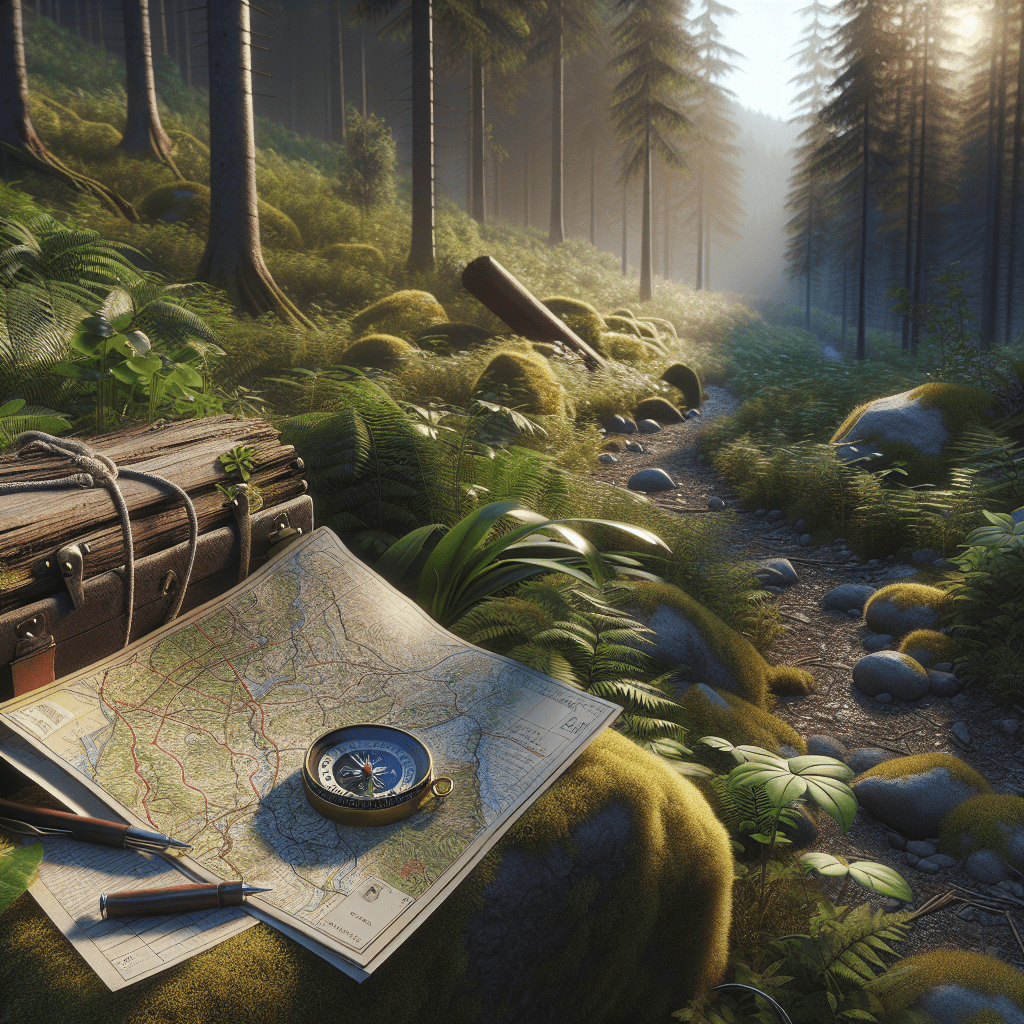
Staying on track is crucial for a successful trip.
- Map and Compass: A reliable map and compass are essential, even if you have a GPS device.
- GPS Device: A handheld GPS device or smartphone with offline maps can be a lifesaver.
- Guidebook: A guidebook specific to your trail provides valuable information and tips.
Safety and First Aid
Being prepared for emergencies is vital.
- First Aid Kit: A well-stocked first aid kit tailored for outdoor use is essential.
- Multi-tool: A multi-tool with a knife, scissors, and other useful implements is versatile and handy.
- Fire Starter: Waterproof matches, a lighter, or a fire starter kit ensure you can start a fire.
- Emergency Shelter: An emergency bivvy or space blanket provides temporary shelter if needed.
Miscellaneous Essentials
A few extra items can greatly enhance your comfort and safety.
- Headlamp: A headlamp with extra batteries is essential for navigating in the dark.
- Trekking Poles: These provide stability and reduce strain on your joints.
- Personal Hygiene: Biodegradable soap, a quick-dry towel, and a small shovel for digging cat holes.
- Repair Kit: Duct tape, repair patches, and extra cordage for quick fixes.
Conclusion
With the right gear, your first backpacking trip can be an unforgettable adventure. Invest in quality equipment, plan carefully, and enjoy the journey. Remember, the great outdoors is waiting for you—so pack your gear, lace up your boots, and hit the trail!
Frequently Asked Questions
1. What size backpack is best for beginner backpackers?
A backpack with a capacity of 50-70 liters is typically suitable for beginners, providing ample space for essential gear without being overly cumbersome.
2. How do I choose a suitable tent for backpacking?
Look for a lightweight, three-season tent that is easy to set up and has good ventilation. Ensure it has a durable rainfly and a suitable size for your needs.
3. What type of sleeping bag should I use?
Choose a sleeping bag rated for the lowest temperatures you expect to encounter. Synthetic fill sleeping bags are a good option for their moisture resistance and insulation.
4. Do I need a water filtration system?
Yes, a water filtration system or purification tablets are essential to ensure you have safe drinking water during your trip.
5. How can I stay safe while backpacking?
Always carry a map and compass, inform someone of your itinerary, pack a first aid kit, and be prepared for changes in weather.
External Resources
Support us! Wilderness gear Pro may earn a small commission from affiliate links in this article. Learn More
